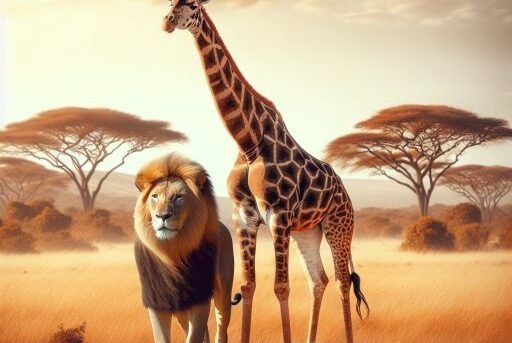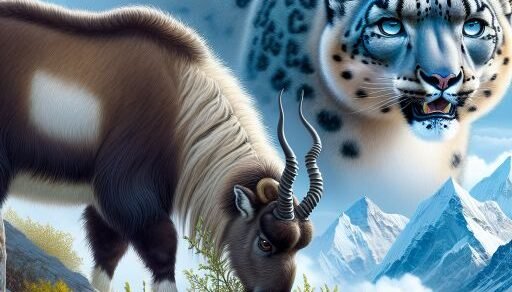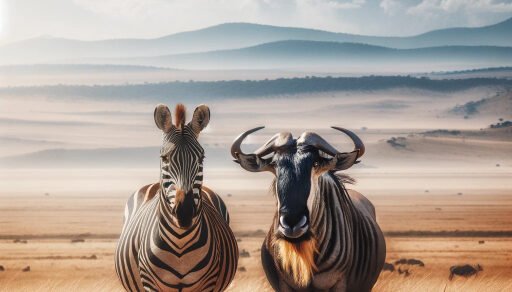Location and Habitat
The African lion, a majestic predator, thrives predominantly in the grasslands, savannas, and open woodlands of sub-Saharan Africa. These regions provide the perfect backdrop for this big cat, offering ample space and abundant prey. Lions are social animals, often found in prides that consist of related females, their offspring, and a small number of adult males. Their habitat choice is influenced by the availability of food and water, and they are typically found in areas where they can hunt medium to large ungulates, such as zebras and antelopes.
On the other hand, the giraffe, the world’s tallest mammal, is native to the open savannas and wooded grasslands of central, eastern, and southern Africa. These towering animals prefer environments that offer plentiful food sources, primarily acacia trees, which are abundant in these regions. Giraffes are non-territorial, roaming freely to find food and water, and their long necks allow them to reach leaves and buds high up in the trees, giving them a significant advantage in the arid landscapes they inhabit.
African Lion vs. Giraffe Comparison
| Animal | Size and Weight | Ability to Finish Opponent | Weaponry |
|---|---|---|---|
| African Lion | Male lions typically weigh 330-550 lbs (150-250 kg), body length of 4.5-6.5 ft (1.4-2 m) | High; lions are apex predators known for their strength and hunting skills, capable of taking down large prey | Sharp claws, powerful jaws, strong teeth |
| Giraffe | Adult giraffes typically weigh 1,800-2,600 lbs (800-1,200 kg), height of 14-19 ft (4.3-5.7 m) | Moderate; not typically aggressive but can defend effectively with powerful kicks | Long legs for kicking, hard hooves |
“`
Hunting and Skills
The African lion, a formidable predator, primarily hunts large ungulates such as zebras, wildebeests, and buffaloes, employing tactics that rely on stealth and strength in numbers as they often hunt in groups called prides. Lions are known for their powerful build and ability to take down large prey, sometimes even including young elephants or giraffes, particularly in regions where these animals are more vulnerable. They typically stalk their prey and use the element of surprise to get close before launching a quick, powerful attack.
On the other hand, the giraffe, being a prey animal, has developed several defensive mechanisms to survive in the wild. Its height and excellent vision allow it to spot predators from a distance, and its powerful kick can cause serious injury to potential threats like lions. Giraffes primarily feed on the leaves of trees, especially acacias, using their long necks and prehensile tongues to reach high branches that other herbivores cannot. Despite their size and strength, young or sick giraffes are sometimes targeted by lions.
African Lion vs. Giraffe Who Would Win?
The lion approaches stealthily, aiming for the giraffe’s legs or neck. The giraffe uses its height and powerful kicks to defend itself. The lion attempts to dodge and cling onto the giraffe. If successful, the lion targets the neck to overpower the giraffe. The giraffe struggles to shake off the lion and escape. The outcome largely depends on terrain and the lion’s ability to avoid kicks.
Winner: African Lion, 60% chance of winning.




